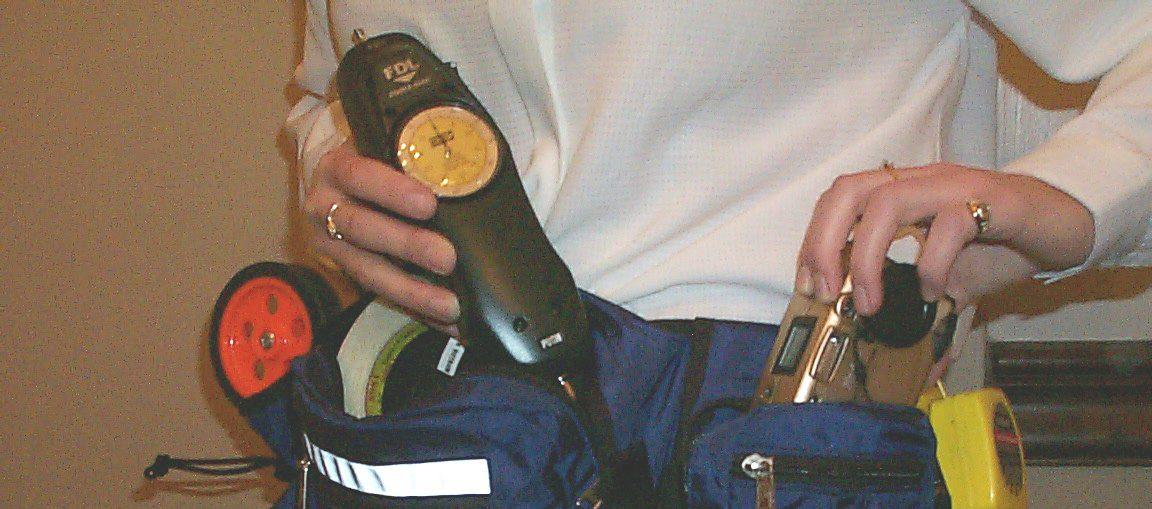Force gauges are used by ergonomists to collect quantitative data for PDAs and ergonomics assessments of pushing, pulling, and lifting tasks. We often take measurements 5-6 times, to ensure we are collecting the most accurate data possible, so it’s important to have a force gauge that can “measure” up to the task.
A variety of force gauges can be purchased, based on the needs of the user, or needs of the task, but one big difference between force gauges is whether the force gauge is mechanical or digital. Both are easy to take into the field to collect measurements, but the advantage of the mechanical force gauge is that you don’t have batteries that may die while you are out there.
Regardless of the type of force gauge you use, having the device calibrated regularly is critical, to ensure you have reliable, and accurate measurements over the whole measurement range. Calibration is used to compare the output of your measurement system to a reference, to ensure that we are all measuring the on the same scale.
Here at Taylor’d Ergo, we have started preparing for our spring interns from Fanshawe and UWindsor. We have sent out our force gauges to be calibrated so they will be ready when the interns start in May.
If you have recently purchased a force gauge and you want to learn how to use it, join us on May 1st and 2nd for a PDA/CDA workshop that will teach you everything you need to know, and you’ll get to meet our new interns! This workshop will teach interns, JHSC, return-to-work teams, and safety coordinators to complete physical and cognitive demands.


